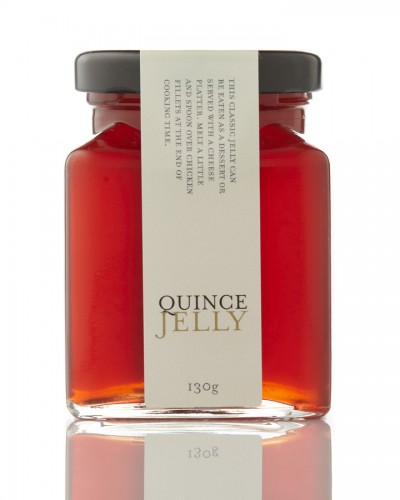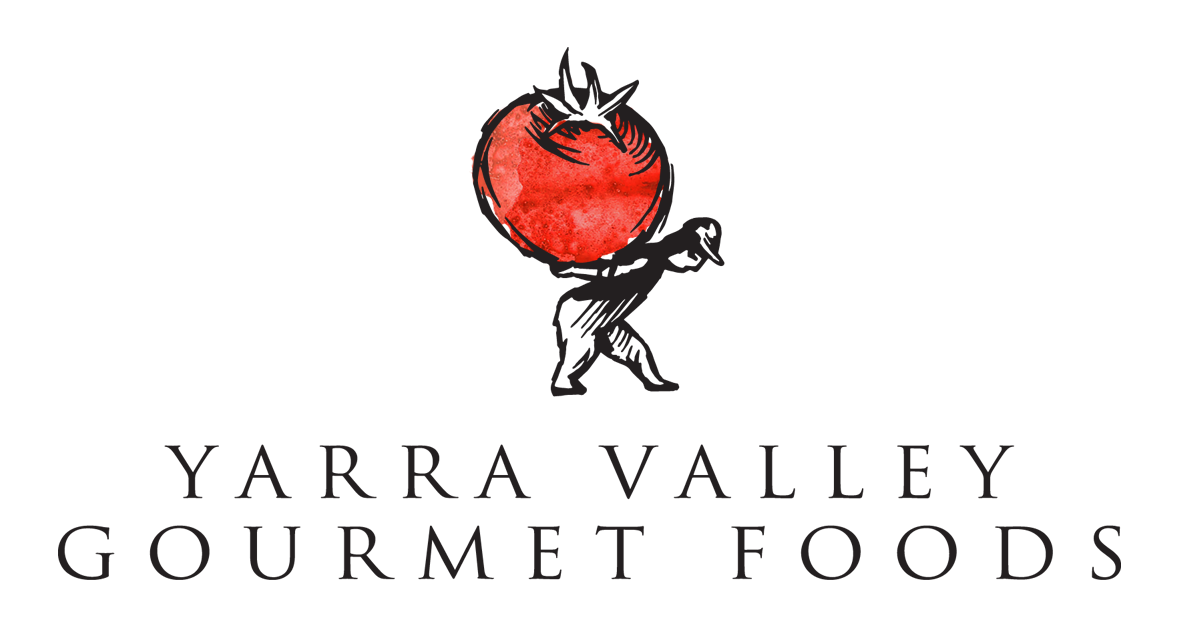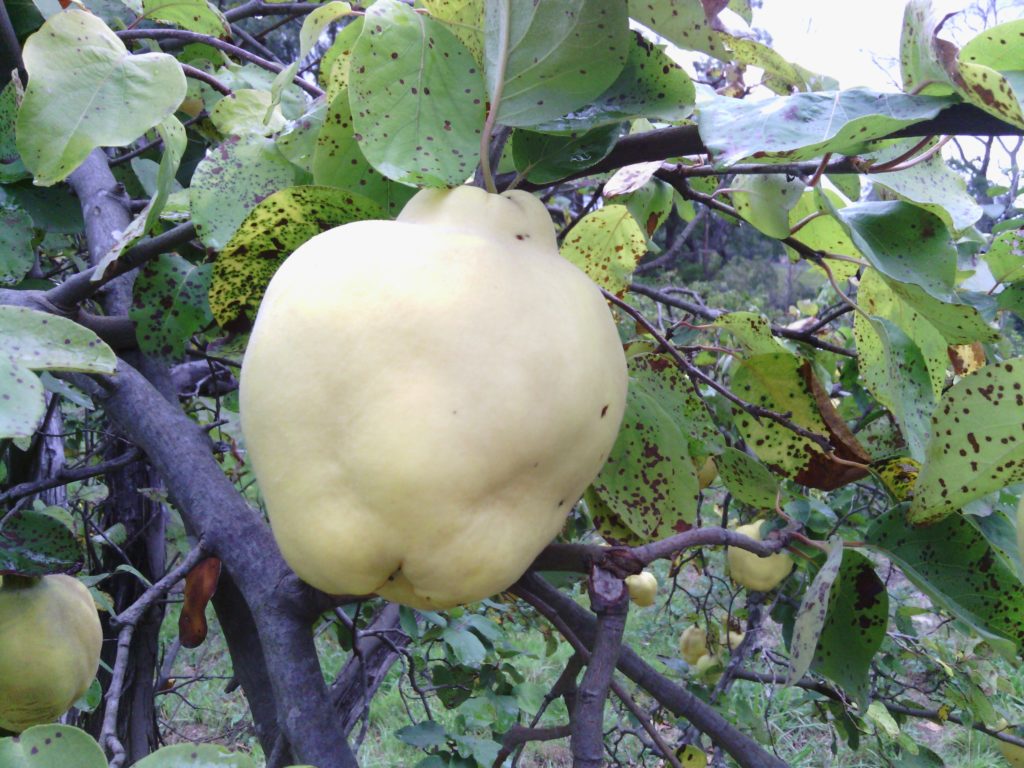
My Kingdom for a Quince!
“They dined on mince, and slices of quince, which they ate with a runcible spoon; And hand in hand, on the edge of the sand, They danced by the light of the moon. Edward Lear
I’m lucky enough to have seasonal access to around 70 local quince trees, planted well over 40 years ago. Until my need for large volumes of this hard, acidic, apple-like fruit, I expect the trees were ignored, which makes sense as they are a hardy, drought-tolerant tree and an incredibly tough plant that tolerates years without pruning or major insect and disease problems. There was no bother to prune them, let alone cutting out dead branches.
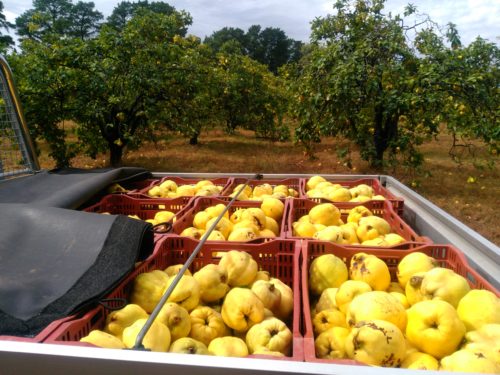
Like most ignored quince trees, they became a congested mass of long, flexible, twisted, gnarled, slightly drooping branches growing in all directions. Heavy, golden quinces are always borne on the ends of young, outer branches, which drag them down to soil level.
After the first year’s pick it was apparent the trees needed some rejuvenating. Every weak, dead or badly crossed branch was cut out and every old branch growing into the centre was sawn off. Afterwards the trees looked sparse. Spring blossom displays, however, were fantastic. Over the past two years, the trees have made an epic comeback – strong, sturdy branches, laden with large golden fruit. Even with low rainfalls, they have provided us with unexpected high volume of liquid juice.
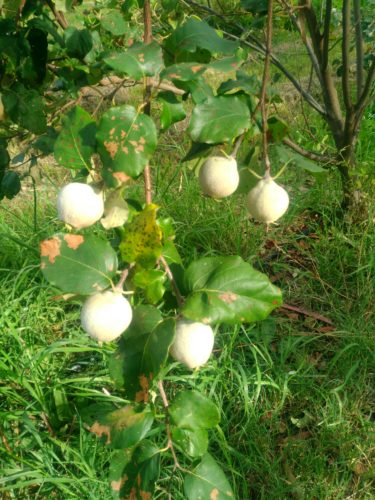
To ensure our own sustainable future, we planted 50 quince trees – 25 Champion and 25 Smyrna varieties – in our orchard in 2015. The ‘Champion’ has a delicate and lemon-like flavour, medium sized pear-shaped with fuzzy golden skin. Similarly, ‘Smyrna’ bears very large, golden pear-shaped fruit.
For the first year or two we suffered leaf blight which appears as brown spots dotted thickly over every leaf causing them to fall prematurely. Finally, this year, with irrigation to the trees and a little more attention, we are seeing a decent growth. Nothing on those older trees, but I expect this will come with age!
The quince is an unusual fruit, closely related to apples and pears, which has been forgotten by many, with most people only associating it as an accompaniment on a cheese platter. They are appreciated for their intense aroma, flavour and tartness, however, they are too hard and sour to be eaten raw. High in pectin, they perfect for jam and jelly making and are often roasted, baked or stewed.

Quinces are difficult to freeze fresh, hence, within our kitchen, we have a four-week window of opportunity to take at least one tonne of the fruit and turn it into a liquid stock that we can use all year round to supply our Yarra Valley Preserves Quince Jelly product. We scrub the outside of 35kgs of the fruit for each batch to remove any dirt, debris and fuzz, then chop into quarters and simmer with cloves and cinnamon, forming a highly fragrant blend. Mashed quinces are then strained through a muslin cloth and the liquid stock frozen for our easy use.
This freezer stock, along with sugar and lemon juice, is cooked until a light, rosy pink to deep, dusky red colour is formed (surprising from such a strong yellow coloured fruit) and the correct brix achieved to ensure set point.
Bottled hot then capped and left to cool and set overnight, we label to produce a beautiful end product.
